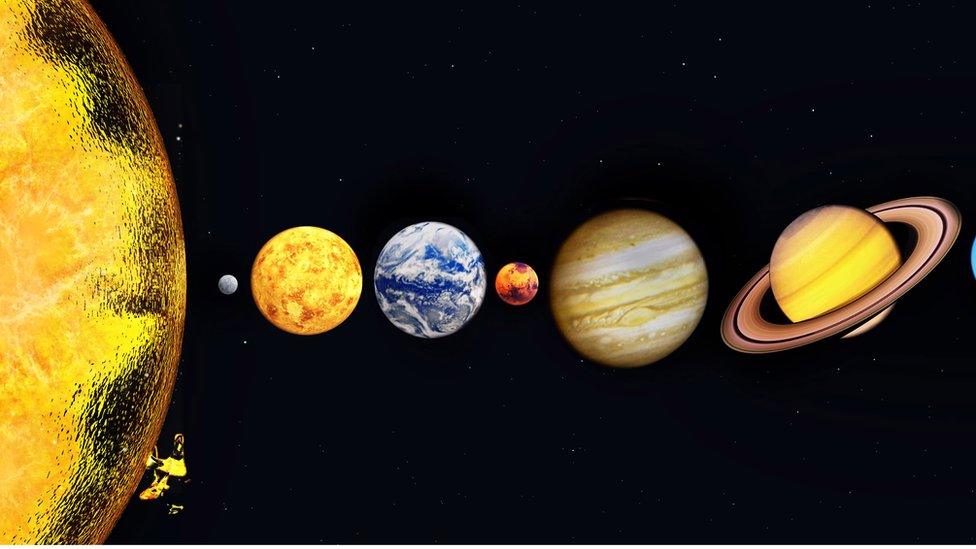ESA at 45: Five exciting European Space Agency projects being worked on
- Published
- comments
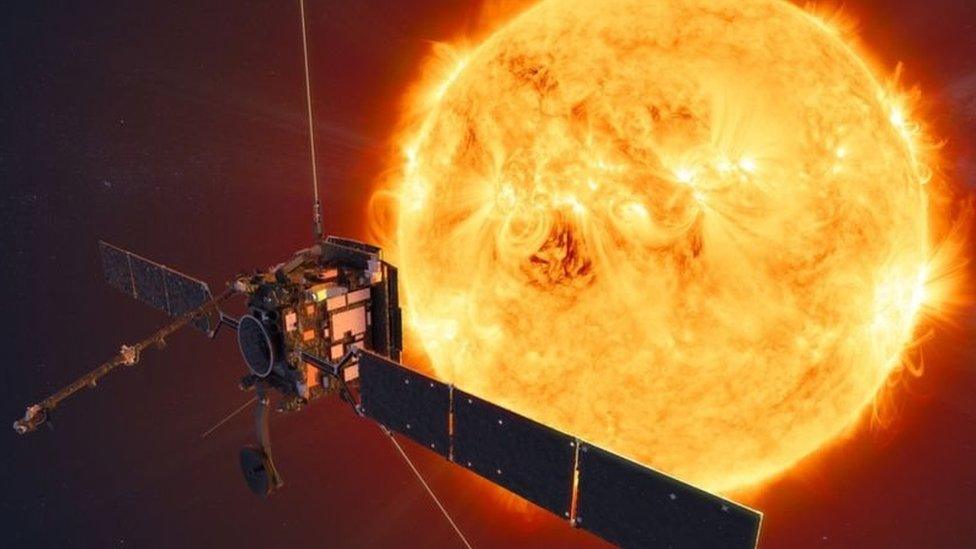
The European Space Agency (ESA) turns 45 years old on 30 May 2020.
The international organisation is Europe's gateway to space, and is made up of 22 member countries.
Its missions are designed to find out more about Earth, our Solar System and the Universe, as well as to develop satellite-based technologies and services.
Newsround takes a look at the exciting projects the agency is currently working on to help boost our understanding of space.
Solar Orbiter
WATCH: All you need to know about the Solar Orbiter
The Sun might be a familiar sight in the sky, but there's lots that scientists still don't know about it.
They're hoping that's about to change thanks to the Solar Orbiter, a special new probe which was launched in February 2020.
It's a mission far too difficult and dangerous for human astronauts, so instead the ESA has sent the specially-built satellite instead.
But it will take three years before the Solar Orbiter gets to its final destination.
Austria, Belgium, Czech Republic, Denmark, Estonia, Finland, France, Germany, Greece, Hungary, Ireland, Italy, Luxembourg, the Netherlands, Norway, Poland, Portugal, Romania, Spain, Sweden, Switzerland and the United Kingdom.
Breathing on the Moon
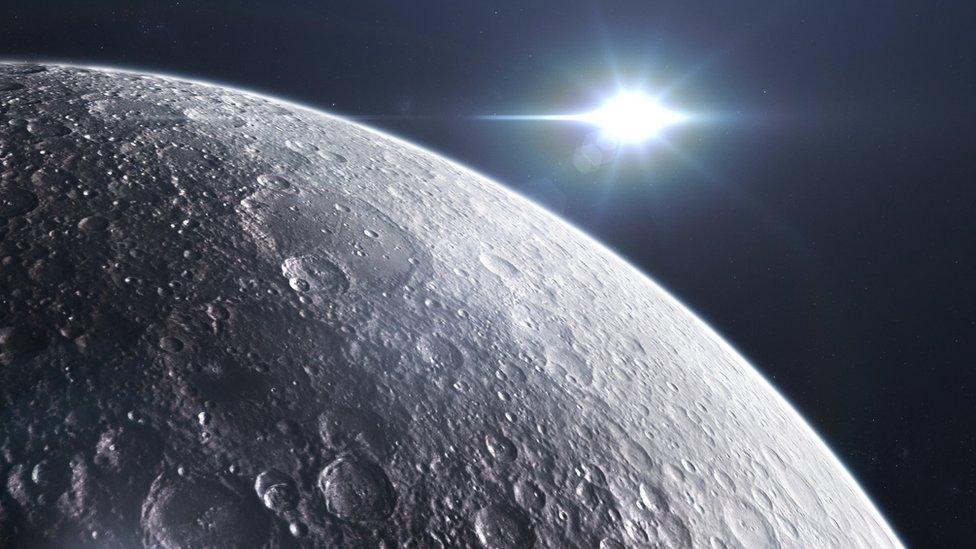
The ESA opened a new facility in the Netherlands last year, where they've managed to successfully take oxygen from simulated Moon dust.
The Moon doesn't have an atmosphere or air for humans to breathe.
But its surface - which is covered by a substance called lunar regolith (Moon dust) - is almost 50% oxygen.
Humans need oxygen to survive, so if it's possible to get the gas from natural resources found on the Moon, experts think it could be really useful for future missions.
Cheops telescope
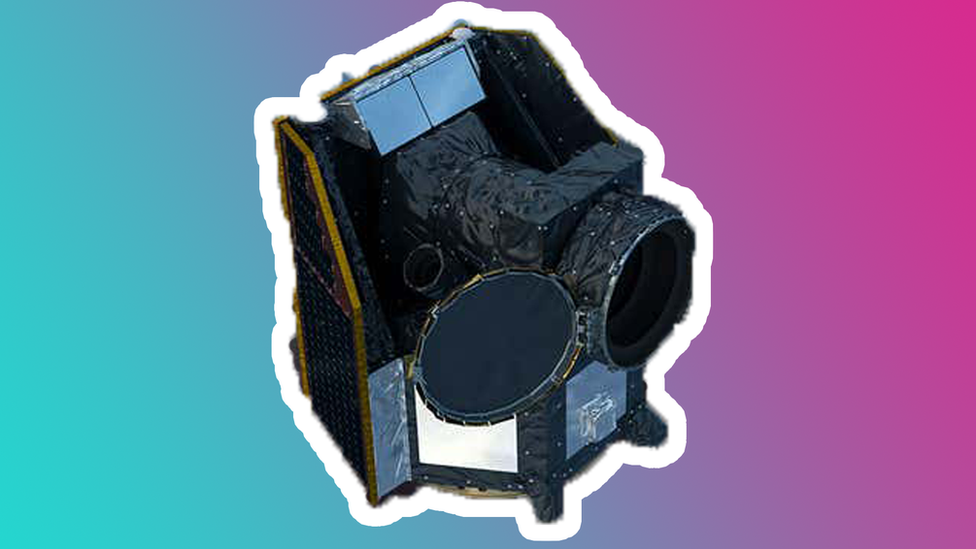
The European Space Agency has released the Cheops telescope into space
In December 2019, the European Space Agency launched a massive telescope to study distant worlds.
It's called Cheops, and it will reveal new secrets about space, such as whether far-off planets are likely to be rocky or made of gas.
It'll be a bit of a different mission to previous efforts, as it won't be trying to find new planets.
The information that Cheops will eventually send back to Earth will help us to learn new things about space.
Space junk robot collector
Jenny explains what space junk is and why it's causing problems
Space junk is becoming a big problem but there will soon be a mission to clear it up.
A four-armed robotic collector will be launched by the European Space Agency in 2025.
The mission called ClearSpace-1 will cost €120m and will be the first space mission to remove debris from orbit.
It's hoped it'll pave the way for a bigger clear up operation.
Astronauts from the European Space Agency help make up the team that looks after the International Space Station (ISS) along with US and Russia.
Find out more: Why's the International Space Station so important?
Getting more girls in space

ESA astronaut Samantha Cristoforetti holding her Barbie
Barbie teamed up with the ESA in July 2019 to encourage girls to become the next generation of astronauts.
Currently, only 15 percent of active astronauts in the world are female, and no woman has ever landed on the moon.
The ESA only has one active female astronaut, Samantha Cristoforetti.
In order to highlight the lack of female astronauts, Mattel - the company that makes Barbie - made a special one-of-a-kind doll of Cristoforetti.
The astronaut said she hoped her collaboration with Barbie "will help young girls and boys to dream about their future without limits."
- Published6 January 2020
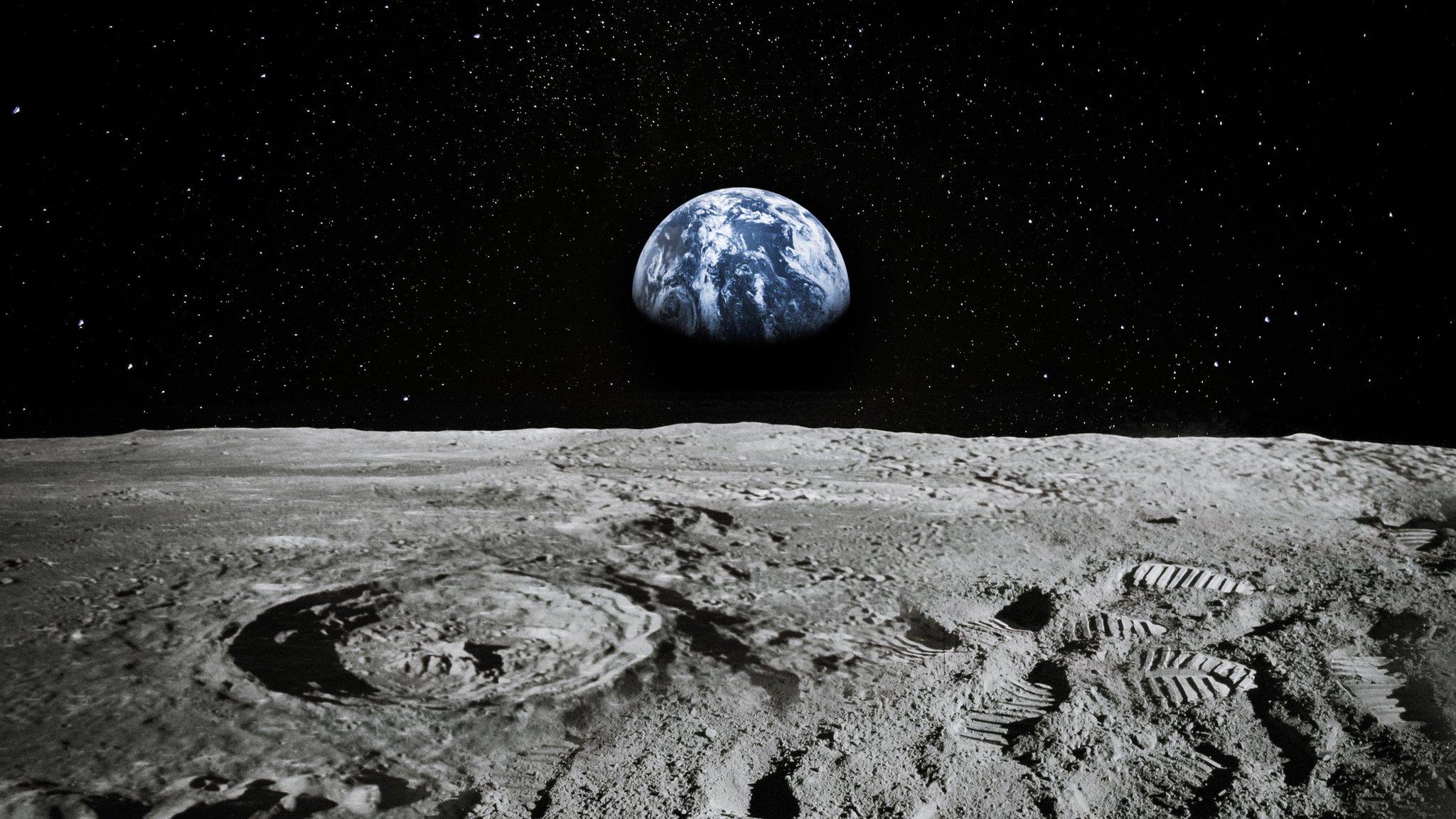
- Published7 January 2020

- Published21 November 2019
